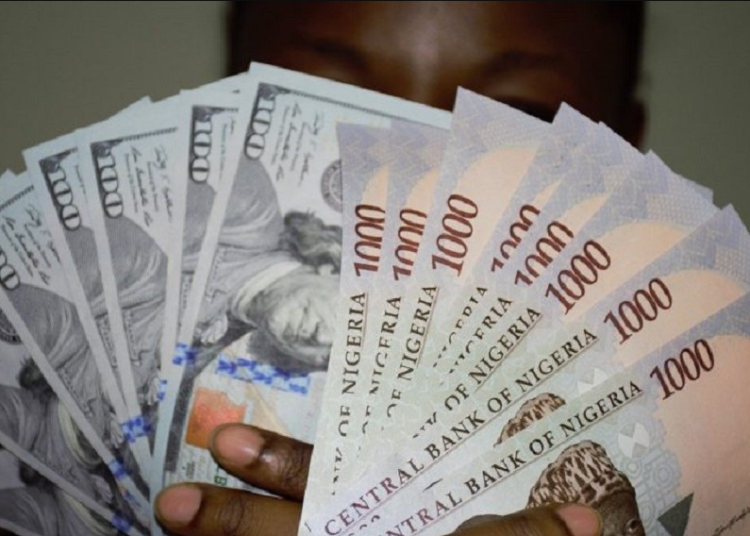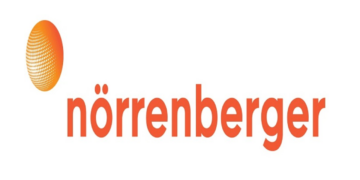With the value of the naira already stronger at around N1150 to the dollar at the parallel market, a big jump from the low of N1890 which it was earlier this year, Goldman Sachs Group Inc, is projecting that the naira will be among the best performing currencies in the world.
The naira hit a four-month high of 1,142.38 per US dollar at the official foreign exchange (FX) market on Friday as dollar supply increased after the holidays.
Banks sold a dollar for N1,142.38 on the day, a 7.7 per cent appreciation compared to N1,230.61/$1 quoted on the previous trading day at the Nigerian Autonomous Foreign Exchange Market (NAFEM).
Having predicted in February that the naira would strengthen to N1,200 per dollar this year, Goldman economists say they see it potentially advancing beyond that level after a raft of measures by the central bank.
Those included 600 basis points of cumulative interest-rate increases at policy meetings in February and March, as well as other steps to ease the local scarcity of dollars that fanned volatility and forced companies to the parallel market.
Goldman’s Andrew Matheny told Bloomberg Newswire in an interview that “this probably can run further; we would see an extension of the move to 1,000 and maybe even sub-1,000. Six weeks have gone by and they’re continuing to hold the line, so that’s encouraging,” he said.
The group maintains its 12-month forecast for the naira at 1,200 per dollar, owing to uncertainty around the ability of the authorities to maintain the reform tempo, though it now sees risks to that upbeat projection.
Matheny, whilst noting that further rate hikes may not be necessary if inflation stabilises and starts moderating, said “there are questions about how socially sustainable this strategy will be. We don’t have high conviction that they’re going to stay the course. It’s still early days of the central bank rebuilding its credibility.
The Central bank of Nigeria had embarked on several policies in its race to keep the value of the naira strong, sparking an upward trajectory in the foreign exchange market and boosting liquidity.
The currency’s resurgence is attributed to capital inflows and interest rate adjustments, aiding its recovery from substantial losses incurred due to two devaluations since June, following the government’s relaxation of currency controls.
Meanwhile, dollar supply rose by 124.08 percent to $281.34 million on Friday from $125.55 million recorded on Monday at NAFEM.
The intraday high closed at N1,265 per dollar on Friday, weaker than N1,261/$1 quoted on Monday. The intraday low appreciated by N100/$1 as the dollar was quoted on the spot at N1,100 on Friday, stronger than N1,200 quoted on Monday.
At the parallel market, commonly referred to as the black market, the Naira closed at N1,125 per dollar on Friday after the three-day holiday declared by the federal government.
Nigeria’s naira is on a remarkable trajectory, emerging as the top-performing currency globally this month.
The naira’s surge, amounting to 12 percent against the dollar in April and following a 14 percent rise in March, is attributed to capital inflows and interest rate hikes.
These factors are aiding the currency’s recovery from significant losses incurred due to two devaluations since June, prompted by the government’s relaxation of currency controls.
Previously, the naira suffered a drastic decline, losing 71 percent of its value at one point, but it has now rebounded to 1,142 per dollar at its latest official close, compared to a record low of 1,627 on March 8.
Goldman Sachs economists, who initially forecasted in February that the naira would strengthen to 1,200 per dollar by the end of 2024, now envision the possibility of it surpassing that level.
This optimism stems from a series of measures implemented by the Central Bank of Nigeria, including a total of 600 basis points of interest rate hikes during policy meetings in February and March, along with other initiatives to alleviate the local dollar scarcity, which exacerbated volatility and forced businesses to turn to the parallel market.
Additionally, local dollar liquidity has improved following the clearance of a backlog of overdue dollar purchase agreements estimated at $7 billion.
We’ve got the edge. Get real-time reports, breaking scoops, and exclusive angles delivered straight to your phone. Don’t settle for stale news. Join LEADERSHIP NEWS on WhatsApp for 24/7 updates →
Join Our WhatsApp Channel









